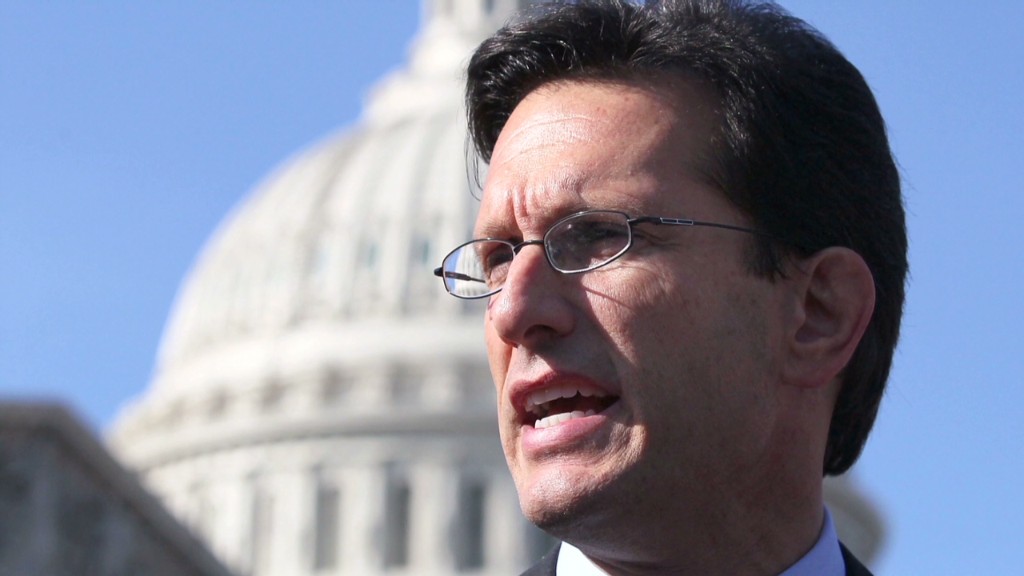
Former Federal Reserve chair Ben Bernanke called the bank meltdown of 2008 the worst financial crisis in global history -- even worse than the Great Depression.
Policymakers have been working to ensure that never happens again.
They took an important step this week by finalizing a requirement for how much money -- known as highly liquid assets -- banks have to hold.
The big issue in September 2008, when Lehman Brothers went bankrupt and American International Group (AIG) needed a massive government bailout, was basically that banks didn't have enough cash on hand to pay their bills. And some of their assets turned out to be worthless -- or worth a lot less than anticipated.
Related: Outgoing AIG CEO given terminal cancer diagnosis
The rules the Federal Reserve and Office of the Comptroller of the Currency codified on Wednesday require banks keep enough cash -- or assets that are close to cash -- to cover all the institution's activities for a month.
There's been a lot of wrangling over these rules, which is why they are only being finalized six years after that major financial meltdown.
Banks have been concerned the rules could hurt their bottom line by forcing them to essentially park money they could put to more profitable use. So they argued with regulators over what constitutes those "highly liquid" assets. Those details have mostly been teased out now.
Related: 4 years later, Dodd-Frank reform law is only half done
Many of the major banks like Goldman Sachs (GS) and JPMorgan (JPM) have seen this move coming and have sought to increase their qualifying cash-like assets for awhile now. They won't see much impact.
But others, notably State Street (STT) and many regional banks, will have to bring their balance sheets up to par.

"We estimate either bank would only experience about 1% to 2% annual earnings headwinds in order to be fully compliant by 2017," said a research note from Vining Sparks that called out State Street and Bank of America (BAC) for possible issues meeting the requirements.
The rules begin to phase in January 1, 2015, but banks have until 2017 to be in full compliance. It will apply to all banks with $250 billion or more in assets. A more lenient rule will apply to middle tier banks with $50 billion to $250 billion in assets.
In a statement, Americans for Financial Reform said the rule "falls well short," especially when it comes to the middle tier banks, "which are smaller than the largest 'too big to fail' Wall Street banks but are still major banking entities that hold a substantial amount of banking system assets."
In banking circles, there is grumbling that this is government overkill. It remains to be seen what effects the rule might have on banks' willingness to lend or be involved in certain financial transactions.
At the moment, regulators believe it's better to have a bit extra in the rainy day fund.


